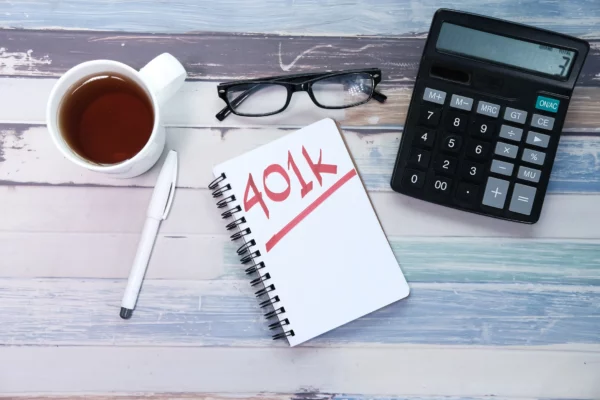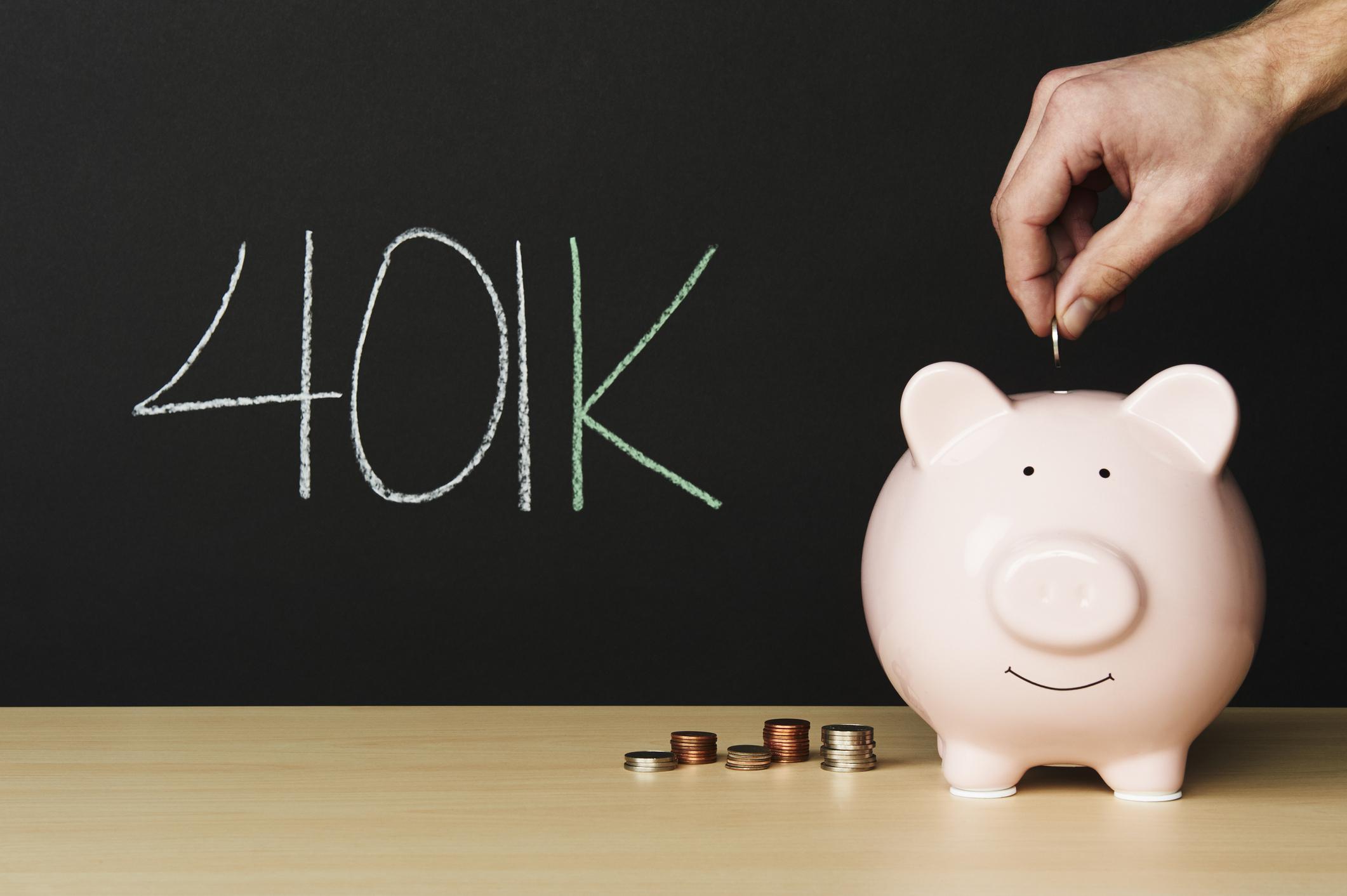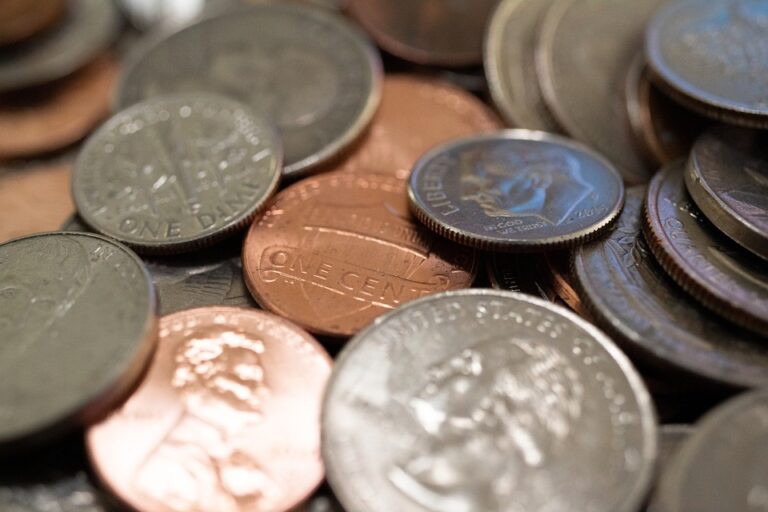Last updated Mar. 20, 2023 by Charles Zemub
In the realm of personal finance, numerical guidelines are typically what end up shaping people’s spending and saving patterns.
The 50/30/20 budget guideline recommends allocating 50% of after-tax income toward necessities (30% toward desires), 20% toward debt reduction and savings, and 10% toward discretionary expenditure.
What’s not different is how much you put up for old age. In fact, if you want to retire comfortably, most financial gurus recommend putting away at least 15% of your salary each year (including any employer contribution).
Sometimes, employers will match a portion of an employee’s contribution to a 401(k) or another employer-sponsored retirement plan. If your employer offers a matching contribution of up to 6% of your income, contributing an additional 6% will double your savings.
While putting in as much as possible is ideal, a decent rule of thumb, according to Personal Capital CFP Shannon Lynch, is to put in at least enough to get any workplace-matching contributions.
You should do anything you can to maximize the employer contribution to your 401(k) plan (known as a “company match”).
A Method for Calculating Savings

The tried-and-true 80% rule is another option. Save 80% of your pre-retirement earnings or more. For instance, if your annual salary is around $75,000, you would need $60,000 per year in retirement to maintain the same quality of living as you had while working.
The average proportion of pay will be saved under a defined contribution plan at work in 2021 (employee and employer rates combined).
Think about how much you’ll need in retirement.

It costs a lot of money to contribute the maximum to your 401(k), particularly over the course of several years. It can be much more than you need or insufficient to pay for your retirement. Your desired level of retirement savings should serve as a guide for your 401(k) contribution amount.
Good Read: How much money is enough for retirement?
Depending on when you want to retire, how much of your present income you’d like to replace, and how much you want to rely on Social Security, you’ll need a certain amount of money in retirement.
Most experts advise saving 10% to 15% of your salary, but we recommend using a retirement calculator to choose a more specific target.
It’s OK to start with a lesser contribution and increase it over time. Aim to give at least enough to get the match, then increase your contribution percentage by 1% or 2% per year.
How much should I have in my 401k at 45?
Throughout this decade, you may get a salary greater than ever, allowing you to potentially make the most of your 401(k) plan. The maximum allowable donation for 2022 is $20,500. Those at least 50 years old are eligible for an additional $6,500, bringing the total up to $27,000.
You may also be eligible to contribute the maximum amount to a regular or Roth IRA; the limit for individuals under the age of 50 this year is $6,000, but you may contribute an additional $1,000 as a catch-up contribution if you are older than 50.
Fidelity recommends that by the time you reach the age of 50, you should have saved a sum that is a multiple of six times your present pay. With the same income of $75,000 each year, you would have a 401(k) balance of $450,000 by the time you reach the age of 50.
How much should I have in my 401k at 30?

Again, the average 401(k) amount is more than twice as high as the median 401(k) balance. This indicates that high-wage earners and those committed to making the most of their 401(k) plan have a greater capacity for savings.
By the time you reach the age of 30, Fidelity advises that you should have saved the money equal to one year’s income in your employer retirement plan. If this is your income, then the amount you have in your 401(k) plan by the time you are 30 years old should also be $50,000.
If you’re falling behind throughout your 30s, you should consider bumping up the amount you contribute by a few percentage points when you have the opportunity.
When you schedule the increase with any increases or bonuses you obtain, this becomes an incredibly simple task to do. In this method, you won’t see any reduction in your discretionary money.
In point of fact, if you live within rather than over your means, it will be easier for you to maintain control over your spending habits.
How much should I have in my 401k at 40?
When you’re in your 40s, you probably have a mortgage to pay and other expenses that come with starting a family. Yet, you shouldn’t shortchange your retirement by not deferring a significant amount of your salary into your 401(k).
Maximizing your savings potential is important when you still have around 20 years before retirement age.
Fidelity recommends that by age 40, you save at least three times your annual pay. At age 40, someone earning $75,000 would ideally have a retirement account balance of roughly $225,000.
If your company provides a 401(k) plan and a Roth 401(k), you can allocate your retirement funds any way you see fit. Withdrawals from a standard 401(k) are subject to income tax when you reach retirement age, whereas withdrawals from a Roth 401(k) built with after-tax contributions are not taxable.
How much should I have in my 401k at 50?
A decade from now, you could be able to retire comfortably thanks to a higher salary and a more generous 401(k) plan. As of 2022, the maximum yearly contribution will be $20,500. There is an additional $6,500 available for those 50 and up, bringing the grand total to $27,000.
Another possibility is contributing the maximum to a regular or Roth IRA this year, which is $6,000 for those under 50 and an additional $1,000 for those over 50 as a catch-up contribution.
Fidelity recommends saving six times your annual wage by age 50. At age 50, a person earning $75,000 per year would have a 401(k) balance of $450,000.
Looking at the median balance of those aged 45 to 54, you’ll see that more than half of the working population is nowhere near retiring comfortably. Rapidly approaching retirement age calls for a stepped-up commitment to retirement planning.
Frequently Asked Questions
1. How much should I have in my 401k at 35?
By the time you’re 35, you should aim to have saved at least one to one and a half times your annual salary for retirement. This is a realistic aim for someone who begins saving at the age of 25.
2. How much should I have in my 401k at 55?
Experts recommend having at least seven times your annual wage saved by the time you are 55. If your annual income is $55,000, this equates to a minimum retirement savings requirement of $385,000.
3. How much should you have in your 401k by age?
You should have three times your yearly wage savings by age 40. You should have six times your annual wage saved up by age 50. Eight times your annual wage should be working for you by the time you are 60.
Your overall savings target is to have 10 times your present yearly wage saved up by the time you are 67.
4. How much should a 30-year-old have in 401k?
Fidelity advises having the equivalent of one year’s income saved up in your employer-sponsored retirement plan by the age of 30. Therefore, if your annual income is $50,000, your 401(k) balance should be $50,000 by turning 30.
5. How much money is good for a 401k?
Most experts recommend setting aside between fifteen percent and twenty percent of your annual gross income for retirement. All or part of this money might go into a traditional IRA, a Roth IRA, a taxable account, or a 401(k) plan, depending on the individual’s circumstances.
6. How much will a 401k grow in 20 years?
By the conclusion of the 20-year period, your 401(k) account would have a balance of $263,697. By slightly altering some of the inputs, it is possible to show how even little adjustments may have a significant influence. The account balance increases to $283,891 if you begin with only $5,000 instead of a $0 balance.
7. Is a 401k worth it anymore?
Dollar-cost averaging is the foundation of 401(k) programs, but it’s not necessarily a valid notion. Because of high administrative and record-keeping expenses, many 401(k) programs are costly. However, depending on your retirement objectives, 401(k) plans are eventually worthwhile for most individuals.
8. Can I retire on 500k?
You may retire at 60 with $500k if you prepare ahead. But remember, how long your savings endure will depend greatly on your way of living.
You can stretch your $500k further if you’re happy to lead a simple life and don’t plan significant life changes (like going on a trip or establishing a company).
Summary
One of the most important financial goals you will ever set for yourself to attain is most likely to turn out to be saving money for your retirement.
You will need a sizable sum of money to sustain yourself if you cannot continue working or are unwilling to continue doing so, regardless of how you want to spend the remainder of your life at this point in time.
This holds true regardless of how you decide to live your life. You really need to spend more money today and offer them attention in some manner.
You should start a solid savings plan while you are younger and a corrective savings plan when you are older. You have more time to save money if you start saving while younger.




![Can’t Afford to Live on My Own? [Do These 38 Tips]](https://paypant.com/wp-content/uploads/2024/06/Cant-Afford-to-Live-on-My-Own-Do-These-38-768x512.jpg)


